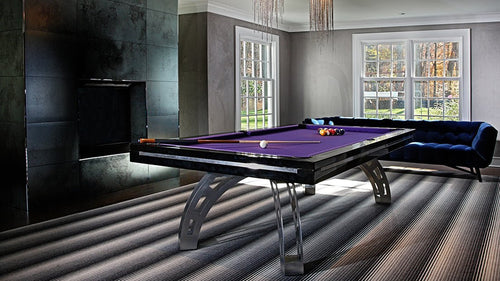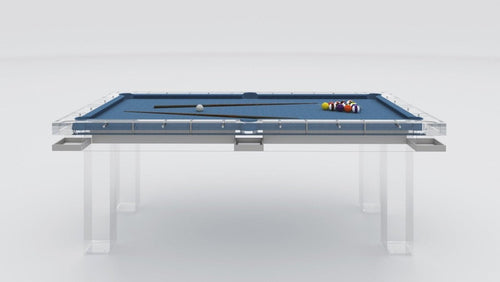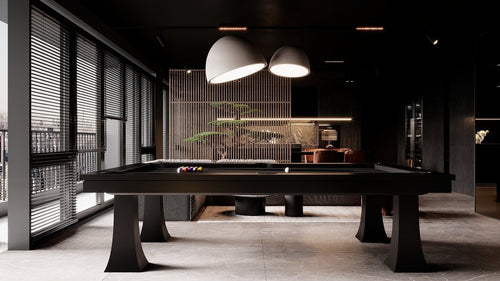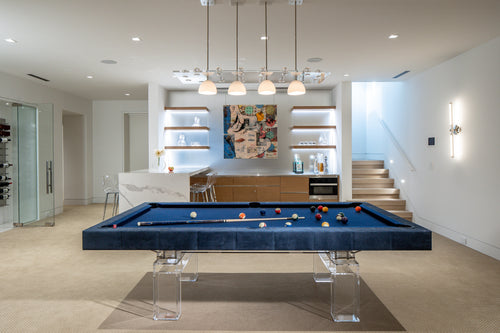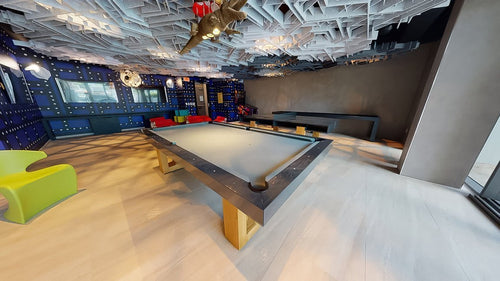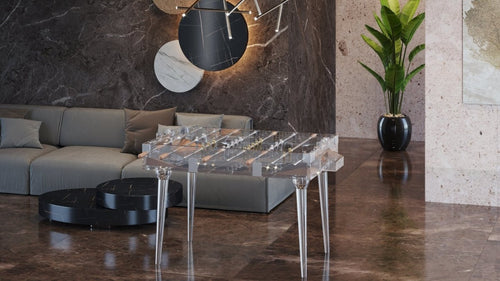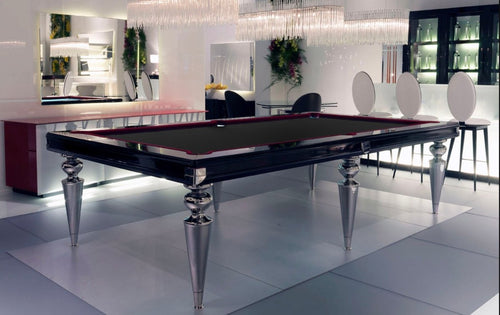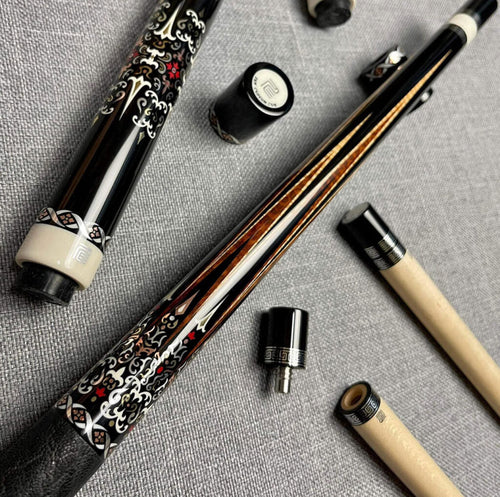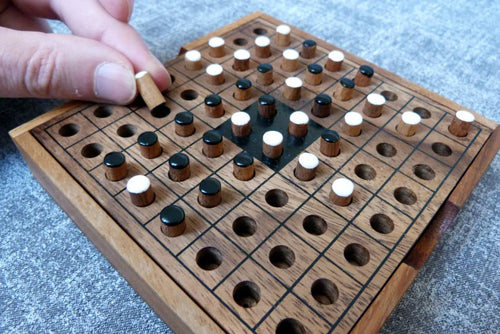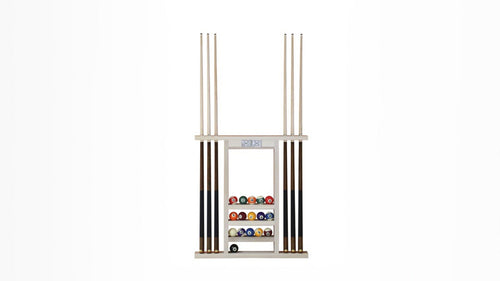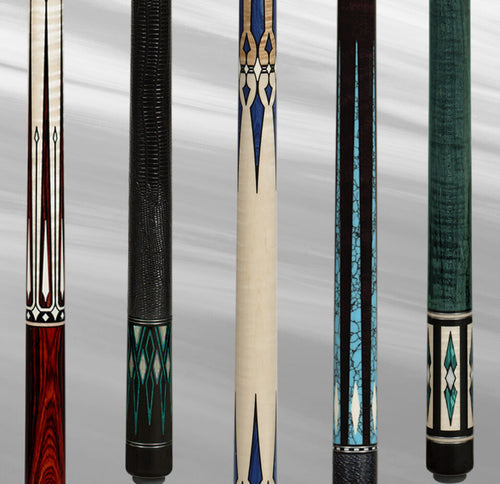Enjoy our modern designs
Estimated Read Time: 8 mins |
Before history was recorded, before cities were built, and long before the concept of “interior design” as we know it existed, humans sought shelter—spaces of comfort, security, and survival. The Neolithic period, though still far removed from modern design conventions, represents the beginning of deliberate human efforts to shape interior space. It is here that the foundations of interior design begin.
The Purpose of Early Shelter
Early shelters were created with one primary goal: to provide comfort and protection. These spaces, whether found (like caves) or built, were the first expressions of how human beings shaped their environment to support life. The value of these spaces lies not only in their utility but in how they reflect patterns of human behavior, mobility, and early creativity.
Caves and Constructed Spaces
While caves are the earliest assumed form of shelter, their scarcity and limited comfort meant they were likely not the most common dwelling. Archaeological evidence (such as the famous painted caves at Lascaux and Chauvet) suggests they may have served ritualistic or temporary purposes.
The first constructed shelters, however, were born out of necessity and innovation. Built from branches, leaves, rushes, or hides, these dwellings were shaped by the needs of migratory people—lightweight, portable, and easily constructed. The Terra Amata site (c. 400,000 years ago) and Mezhirich mammoth-bone structures (c. 15,000 BCE) offer glimpses into these early homes.
Forms and Functions
The majority of early structures were small and round. This form—intuitively understood to enclose the most space with the least material—was practical and efficient.
- The Yurt (Mongolia)
- The Igloo (Inuit)
- The Tepee and Wigwam (Native American Plains cultures)
Rectangular forms later emerged with the use of strip materials like poles or mud bricks, including A-frame dwellings in forested regions, packed mud homes in Yemen, trulli stone homes in Italy, and Pueblo dwellings in the American Southwest.
The Role of Mobility
For much of pre-agricultural history, humans lived in migratory bands, following food and water sources. Shelter design reflected this. Structures needed to be:
- Quickly built
- Easy to dismantle
- Light to transport
The advent of agriculture (~10,000 BCE) shifted this paradigm. Fixed settlements required more permanent homes, enabling the use of heavier, less mobile materials like stone and mud brick.
Interior Spaces and Daily Life
Neolithic interiors were not designed in the modern sense, but they were lived in. Inside these early homes, one would find:
- Cooking tools and fire pits
- Storage baskets, bags, or pottery
- Animal hides for warmth
- Low built-in benches or sleeping platforms
Most activities took place on the ground. Tables and chairs were rare; any furniture was often integrated into the architecture.
Pattern, Decoration, and Meaning
Decoration, when it existed, wasn’t ornamental. Patterns on pottery, textiles, and walls carried meaning:
- Tribal identity
- Spiritual or mythological references
- Symbols of protection or status
These patterns served both emotional and functional purposes—comforting through familiarity, signaling belonging, and reinforcing cultural values.
Environmental Influence and Adaptation
The shape and style of Neolithic homes were strongly dictated by environment:
- Desert dwellings (e.g., the Matmata homes of Tunisia) were dug underground to resist extreme heat.
- Snowy regions favored igloos and skin tents.
- Forested zones allowed for pole and thatch construction.
Each interior reflected its context—minimalist and practical, yet innovative in its response to environment and lifestyle.
Transition to Permanence
Agriculture brought the first real transition in interior design. As humans stayed in one place longer:
- Homes grew larger and more structured
- Rectilinear layouts became common in early towns like Çatal Hüyük and Sumerian cities
- Interior spaces became more specialized (separate rooms for sleeping, cooking, storing)
This marks the bridge from instinctive shelter to intentional design—a prelude to the decorative complexity of later civilizations.
Conclusion
Neolithic interior design, though primitive by modern standards, reveals a great deal about the origin of human environments. These early shelters were not just places to hide from the elements—they were practical, symbolic, and responsive to both human needs and nature’s limits. In every circular hut, snow dome, or packed-mud rectangle lies the beginning of a human story: our drive to create space, to find shelter, and eventually, to make it our own.


